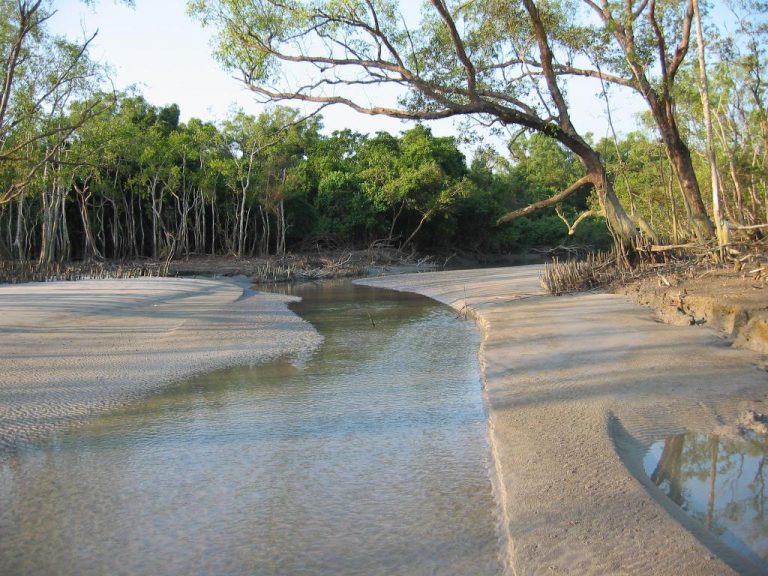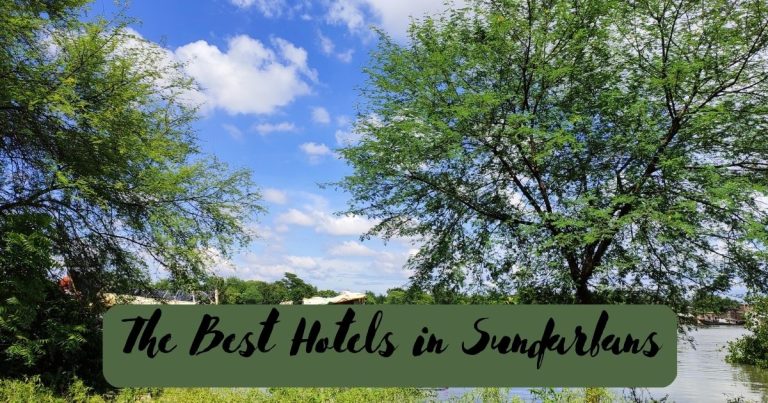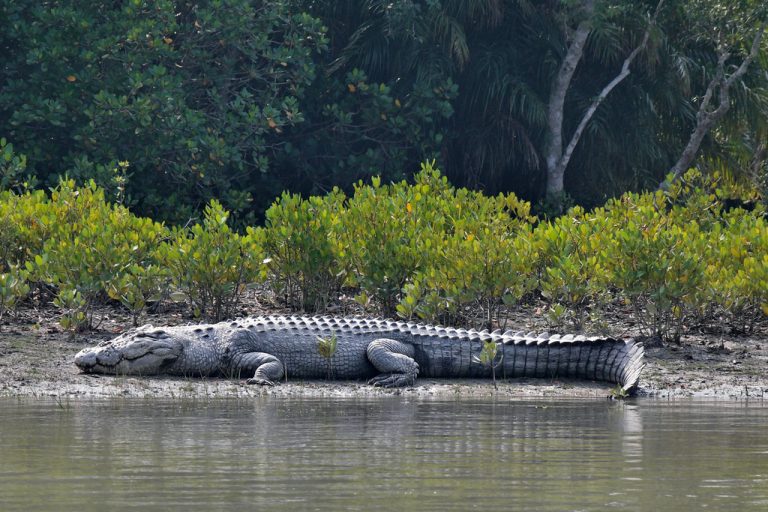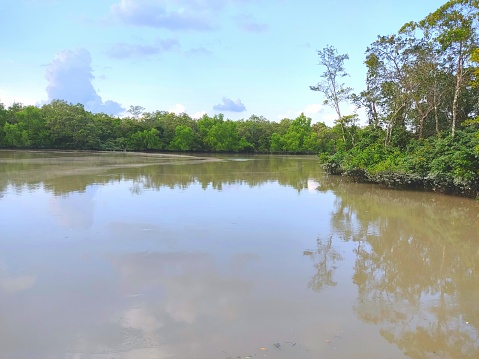Sundarban, the UNESCO World Heritage Site is famous for both its flora and fauna. People from around the world tour Sundarban to enjoy the ecstatic sights of the Bengal tiger and the beautiful Mangrove forests. However, both the species are on the Red List of Endangered Species. They are a major tourist attraction and is often included in a Sundarban tour package.
Be it the Bengal Tiger or the Mangroves, the forests that once were full of these species of flora and fauna now offer a rare sight of them and that’s all because of the human activities.
Over the years, we have been exhausting nature for personal human benefits which has led to endangering and extinction of the natural species that stand and walk the earth.
Today, it’s saddening to see that the Sundari trees after which the beautiful forests of Sundarban have been named are getting slowly extinct in the forest. What’s more alarming is despite the continuous threat to the Sundari Trees in Sundarban, these trees are dying a slow death with nothing much done to protect them.
However, if we wish to protect our natural habitat, it’s essential to do something for the conservation of the Sundari trees that are the heart and soul of the Sundarban forests.
A small botanical project for mangroves has been taken up at the Sudhanyakali Watch Tower to restore the Sundari trees in Sundarban, however, that alone is not going to help.
The need of the hour is to understand what’s causing the threat to the Sundari trees and stop those factors from affecting the forests anymore.
Let’s get into more details.
Reasons for the Threat to the Sundari Trees in Sundarban
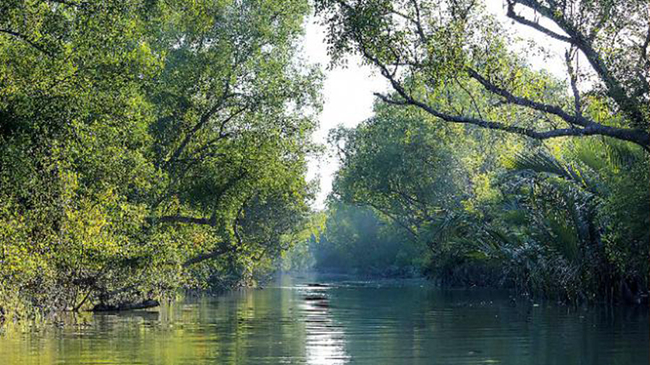
The Sundari trees in Sundarban have been facing the threat of extinction for a long time. These strong trees with an excellent height and girth have been popular for their timber and used for years in building ships, etc. The trees have also been popular for their medicinal properties and have been in use as herbs for multiple medicines and treatments.
Given the constant use of the trees and their timber, it has been natural that these trees have been cut carelessly without any mindfulness to plant them back. This human greed has been the biggest contributing factor in the threat that they now face.
Here are some more factors (most of which are a result of human activities) that have led to the destruction of the Sundari trees in Sundarban.
Increasing Salinity
The increasing salinity in the water and soil due to human activities has been a major cause for the harm caused to the mangrove forests in Sundarban. The freshwater sources are consumed by humans for irrigation and other purposes which leads to saline water reaching the forests. This water and soil is harmful to the Sundari trees and leads to their destruction.
Water Logging and Siltation
Human activities have led to a significant increase in water logging and siltation near the banks of the rivers and lakes which has led to a loss of minerals and nutrients in the soil. Without the proper nutrient composition, the soil loses its fertility leading to the inability of the mangroves to grow and survive on the land.
Insects and Pests Attacks
Plants and trees are attacked by insects, pests, and weed which kills them. This has been happening to the mangroves in Sundarbans for a long time due to all the water logging, silting, and loss of natural nutrients and minerals in the soil. Since the soil quality is deteriorating, the growth of insects and pests has been more and that has directly restricted the growth of the Sundari trees in Sundarban.
Conserving the Sundari Trees in Sundarban
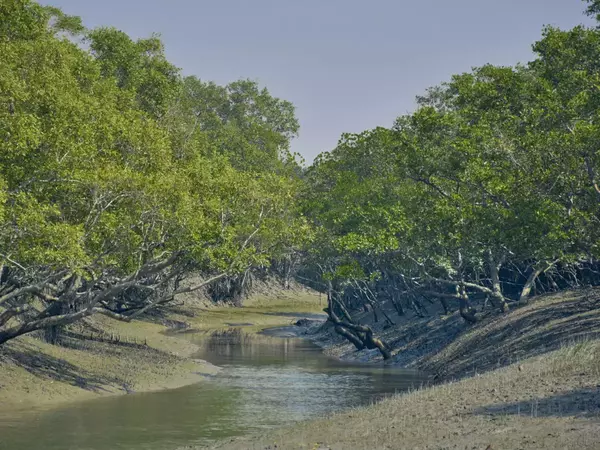
From the foregoing discussion, it’s clear that Sundari trees are facing the threat of extinction mostly due to human greed and carelessness that has disrupted the natural balance in the forests. It’s on us to help restore that balance and bring back the vegetation of these beautiful trees and make these forests truly what they are.
The government is already taking steps to restore the mangroves in Sundarban by launching botanical projects and having driven for the plantation of mangroves in the forest. Every person needs to support such steps and measures to help restore the lost ecological balance.
Only care for the environment and a realisation of our responsibility can help protect the forests of Sundarban.
Of course, the trees have many uses and purposes, but they can serve those needs only when they’re protected. So, the need is to work on the soil, let go of the human greed and work on eliminating the threat that mangroves face with constant afforestation and awareness.
Final Words
Mangroves are very useful trees and Sundarban was a hub for them. The Sundari trees or mangroves are what form the essence of Sundarban. Sundarban, in fact, is a combination of the words “Sundar” and “Ban” which means “a beautiful forest”. The place was named so to honor the Sundari trees in the forest that gave it all its glory.
However, over the years, these trees have suffered a lot and are now facing a threat of extinction. All of this is due to human activities and carelessness. With proper steps, we can save the Sundari trees in Sundarban and the glory of these forests.
So, let’s pledge to be more careful, understanding, and responsible, and support the initiatives for the prevention of the Sundari trees and Sundarban.

